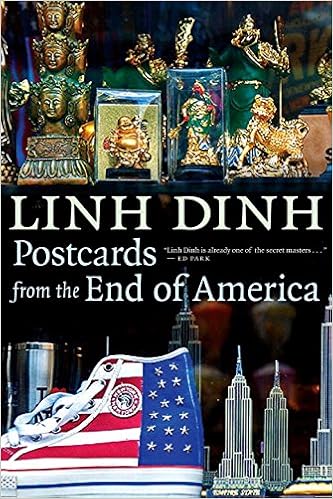It is erroneously believed today that the United States Constitution followed the Declaration of Independence, though the Articles of Confederation were the first “Constitution.” It is recalled that the Articles were deemed by all parties to it as perpetual and a majority of States were required to approve any changes therein. Nonetheless, eleven States unconstitutionally seceded from the Articles in 1789 and inaugurated a new union – leaving North Carolina and Rhode Island as unaffiliated and independent States.
Bernhard Thuersam, www.Circa1865.com The Great American Political Divide
Sovereign Political Communities, Not “One People”
“We have seen that the united colonies, when they declared their independence, formed a league or alliance with one another as the “United States.” This title antedated the adoption of the Articles of Confederation.
It was assumed immediately after the Declaration of Independence, and was continued under the Articles of Confederation; the first of which declared that “the style of this confederacy shall be “The United States of America”, and this style was retained – without question – in the formation of the present Constitution.
It has been fully shown that the States thus became and continued to be “united,” and whatever form their union assumed, acted and continued to act as distinct and sovereign political communities. The monstrous fiction that they acted as one people “in their sovereign capacity” has not an atom of fact to serve as a basis. To go back to the very beginning, the British colonies never constituted one people.
The [loose expressions employed in debate in the British Parliament about the time of the American Revolution – such as “that people . . . etc., and] who made use of this colloquial phraseology concerning the inhabitants of a distant continent . . . could little have foreseen the extraordinary use to be made of their expression nearly a century afterward, in sustaining a theory contradictory to history as well as to common sense.
It is as if the familiar expressions often employed in our own time, such as “the people of Africa,” or “the people of South America,” should be cited, by some ingenious theorist of a future generation . . . or that the Peruvians and Patagonians belonged to the same political community.
When the colonies united in sending representatives to a Congress in Philadelphia, there was no purpose – no suggestion of a purpose – to merge their separate individuality in one consolidated mass. No such idea existed, or with their known opinions, could have existed. They did not assume to become a united colony or province, but styled themselves “united colonies” – colonies united for purposes of mutual counsel and defense . . .
As “United States” they adopted the Articles of Confederation, in which the separate sovereignty, freedom and independence of each was distinctly asserted. It was without any change of title – still as “United States” – without any sacrifice of individuality – without any compromise of sovereignty – that the same parties entered into a new and amended compact with one another under the present Constitution.”
(State Sovereignty Being the Constitution, Part II of the Rise and Fall of the Confederate Government, Jefferson Davis, Volume I, D. Appleton & Company, 1881, excerpts, pp. 114; 117-119)





